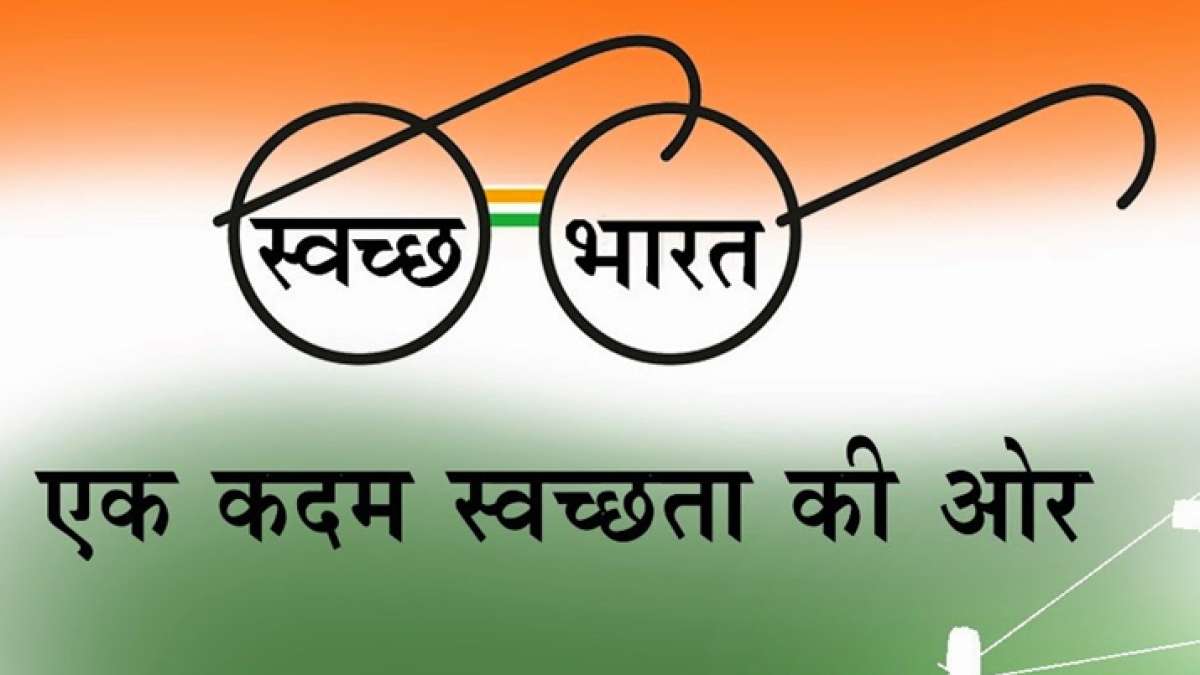Font size:
Print
Swachh Bharat Mission 2.0
Context:
Swachh Bharat Mission – India is facing a major challenge with legacy waste, having over 3,000 dump sites throughout the country. Among these, 2,424 sites hold more than 1,000 tonnes of waste each. In response to this issue, the Central Government has launched a legacy waste management project under the Swachh Bharat Mission 2.0 (SBM) initiative.

About SBM 2.0:
- Launch: In October 2021, which is set to run until 2026.
- Mission: In 2021, the government initiated SBM 2.0, which aims to make all cities “garbage-free” by 2026 while maintaining ODF status across 4,372 Urban Local Bodies (ULBs). This mission envisions:
- 100% Source Segregation
- Door-to-Door Waste Collection
- Scientific Management of all waste fractions
- Remediation of Legacy Dumpsites and conversion into green zones
- Present Status :However, as of now, only 19.43% of these dumpsites (471 out of 2,424) have been fully remediated.
- Remediation Status:As of September 24, progress in the remediation of legacy waste dumpsites shows that 471 sites have been fully remediated, while 1,226 sites are currently undergoing remediation after receiving approval. Unfortunately, 727 sites remain untouched.
- Area Reclamation:In terms of land area, out of a total of 17,039.71 acres, only 27% has been reclaimed, leaving 73% still to be addressed.
- State Performance:
- Tamil Nadu has reclaimed the maximum area, totaling 837 acres, which represents 42% of its legacy waste.
- Gujarat stands out as the best-performing state, with 75% of its area reclaimed, amounting to 698 acres out of 938 acres.
- Financial Assistance under SBM-U 2.0:Under the SBM-U 2.0, financial assistance is provided to States/UTs for establishing various types of Municipal Solid Waste (MSW) management plants, including: Waste-to-Compost (WtC), Waste-to-Energy (WtE),Bio-methanation,Material Recovery Facilities (MRF),Legacy Waste Dumpsite Remediation and Construction & Demolition Waste Management.
Definition of Legacy Waste Dumpsites
Legacy waste dumpsites refer to areas where solid waste has been collected and stored over many years in an uncontrolled and unscientific manner.
- The municipal solid waste generation in India is around 150,000 tonnes per day. Due to a lack of adequate facilities for waste management, municipal corporations have historically created large garbage hills.
- Originally located on city outskirts, many of these sites are now within urban areas, covering approximately 15,000 acres of valuable land, buried under nearly 16 crore tonnes of waste.
Health Hazards of Legacy Waste Dumpsites
- Exposure to Hazardous Emissions: Irritation of the mouth and throat.
- Inhalation of Methane: Can lead to nausea, vomiting, and loss of coordination.
- Health Issues for Ragpickers: Prolonged exposure can cause skin allergies.
- Risks for Nearby Residents: Increased susceptibility to diseases such as tuberculosis, asthma, diabetes, depression, cholera, and malaria.
- Environmental Impact: These sites contribute to greenhouse gas emissions, including methane and carbon dioxide.
Subscribe to our Youtube Channel for more Valuable Content – TheStudyias
Download the App to Subscribe to our Courses – Thestudyias
The Source’s Authority and Ownership of the Article is Claimed By THE STUDY IAS BY MANIKANT SINGH




